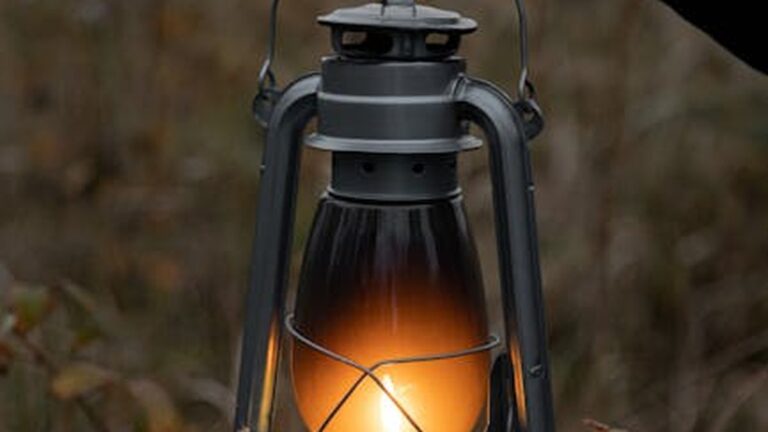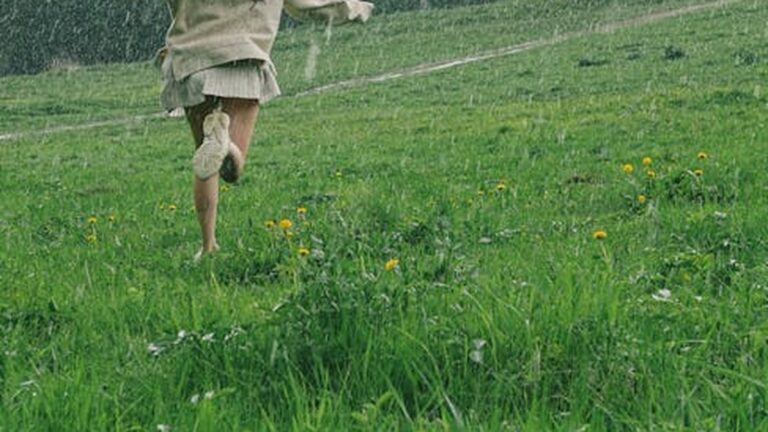Running in the Crisp Air: Injury Prevention Tips for Fall Runners
Introduction: Embrace the Fall Run, Injury-Free
Fall is a runner’s paradise. The sweltering heat of summer gives way to crisp, cool air, vibrant foliage, and the invigorating feeling of pushing yourself without overheating. However, transitioning from summer to fall running requires adjustments to your routine to avoid common injuries. The changing weather, shorter days, and different terrain conditions can all contribute to problems if you’re not prepared. This guide provides essential injury prevention tips to help you enjoy your fall runs to the fullest.
Warming Up for Cool Weather Runs
Cold muscles are more susceptible to injury. A proper warm-up is even more crucial in the fall than in the summer. Here’s how to prepare your body for a run in the crisp air:
Dynamic Stretching is Key
Forget static stretching before your run! Focus on dynamic movements that increase blood flow and flexibility. Examples include:
- Leg Swings: Swing each leg forward and backward, then side to side.
- Arm Circles: Small and large arm circles to loosen shoulder muscles.
- Walking Lunges: Engage your glutes and quads with each lunge.
- High Knees: Bring your knees up towards your chest while walking or jogging.
- Butt Kicks: Kick your heels towards your glutes while walking or jogging.
Perform these dynamic stretches for 5-10 minutes before each run.
Start Slow and Easy
Begin your run at a slower pace than usual. Give your muscles time to fully warm up and adjust to the cooler temperature. Gradually increase your speed and intensity as you feel more comfortable.
Choosing the Right Gear for Fall
Proper attire is essential for staying comfortable and safe during fall runs. Layering is key, as temperatures can fluctuate quickly.
Layering for Comfort and Protection
Start with a moisture-wicking base layer to keep sweat away from your skin. Add an insulating mid-layer, such as a fleece or lightweight jacket, for warmth. A windproof and water-resistant outer layer will protect you from the elements. Remember you can always remove a layer if you get too warm.
Footwear for Changing Conditions
Consider trail shoes if you’re running on uneven or slippery surfaces. Ensure your shoes have good traction to prevent slips and falls, especially if running on wet leaves or damp trails. Reflective elements on your shoes are also beneficial, especially with shorter daylight hours.
Visibility is Paramount
As the days get shorter, visibility becomes a significant concern. Wear bright, reflective clothing, especially during dawn and dusk. Consider a headlamp or running lights to increase your visibility to drivers and other pedestrians. Don’t assume cars can see you!
Mindful Running on Fall Terrain
Fall brings unique challenges to running surfaces. Be aware of your surroundings and adjust your stride accordingly.
Beware of Slippery Surfaces
Wet leaves, damp pavement, and early morning frost can create hazardous conditions. Shorten your stride and take smaller, more deliberate steps to maintain balance. Pay close attention to the surface ahead and avoid sudden turns or stops.
Be Aware of Uneven Terrain
Leaves can also obscure potholes, roots, and other tripping hazards. Scan the ground carefully and be prepared to adjust your footing. Consider running on familiar routes to minimize the risk of unexpected obstacles.
Recovery and Injury Prevention
Recovery is just as important as the run itself. Proper recovery helps your body repair and rebuild, reducing the risk of overuse injuries.
Cool Down and Stretch
Don’t skip your cool-down! After your run, walk for a few minutes to gradually lower your heart rate. Follow this with static stretching, holding each stretch for 30 seconds. Focus on major muscle groups, such as your hamstrings, quads, calves, and hip flexors.
Hydration and Nutrition
Stay hydrated, even when it’s cooler. Drink plenty of water throughout the day, especially before, during, and after your runs. Replenish your energy stores with a balanced diet that includes carbohydrates, protein, and healthy fats. Consider a post-run snack or meal within 30-60 minutes of finishing your run to optimize recovery.
Listen to Your Body
Pay attention to any pain or discomfort you experience. Don’t push through pain! Rest or seek medical attention if necessary. Early intervention can prevent minor aches and pains from developing into more serious injuries. Cross-training can help prevent overuse injuries by working different muscle groups.
Conclusion: Enjoy a Safe and Healthy Fall Running Season
Fall running offers a unique and rewarding experience. By following these injury prevention tips, you can enjoy the crisp air, vibrant colors, and invigorating feeling of running in the fall without risking your health. Remember to warm up properly, choose the right gear, be mindful of the terrain, and prioritize recovery. Happy running!






